Gone with the space: astronauts lost in space forever
11th May 2022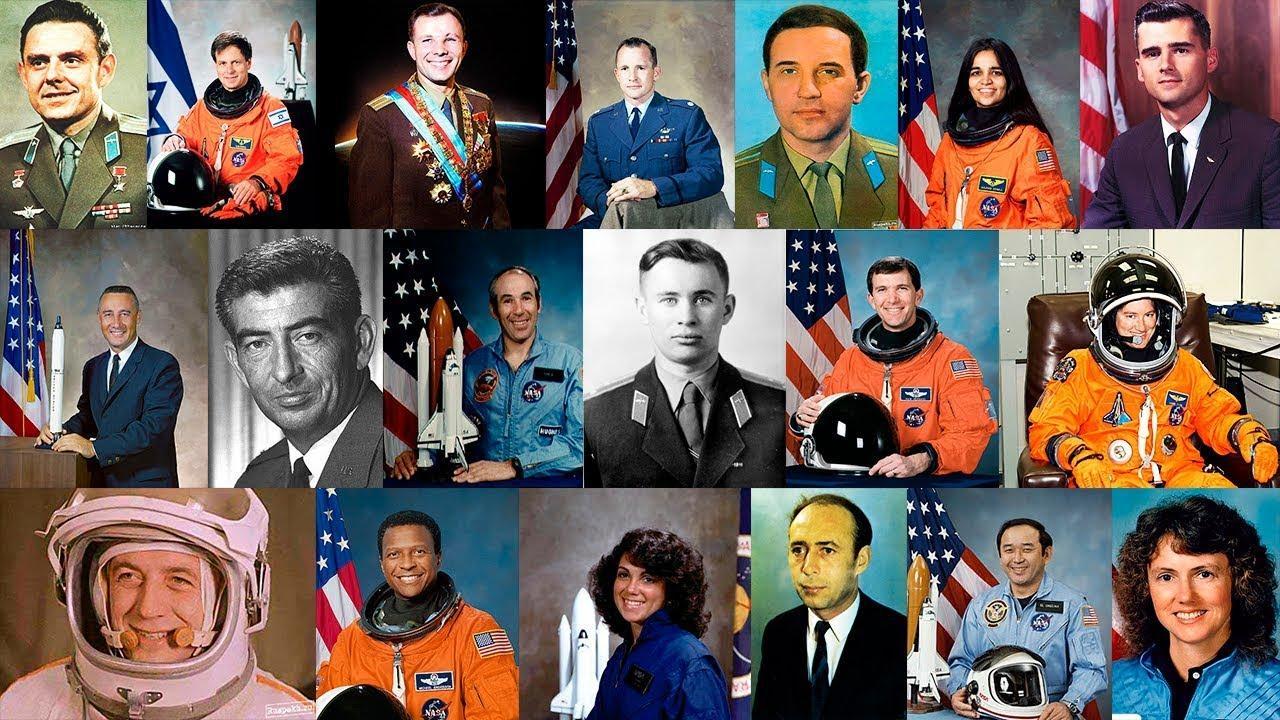
The space exploration era has begun in the second half of the last century, but how many astronauts have died during this time? On 12th April 1961, Soviet astronaut Yuri Gagarin made the world’s first manned space flight. The Vostok-1 spacecraft made one orbit around the Earth and landed safely in Russia 108 minutes after launch. This event gave impetus to the great space race that began three years earlier and stimulated the development of manned astronaut programmes. In the USSR, Vostok was followed by Voskhod and Soyuz, while in the USA, it was Mercury, Gemini, Apollo, and Space Shuttle.
As a result, almost 600 astronauts have been in orbit in 60 years. Has anyone died in space? Unfortunately, yes. Orbital Today collected the sad statistics of space travel deaths and astronaut deaths in preparation for spaceflight.
Fatal space travel disasters
As of the beginning of 2022, there have been five fatal incidents during space flights, in which 19 astronauts were lost in space and four more astronauts died on Earth in preparation for the flight.
Accident in the isolation chamber
Staying in the depressurisation chamber is one of the astronaut training stages. As a rule, the oxygen level in the chamber is increased and the pressure is lowered to imitate conditions similar to those on a spacecraft.
On 23rd March 1961, Soviet astronaut Valentin Bondarenko, finishing a 10-day test, took off his medical sensors, wiped his skin with a cotton swab dipped in alcohol, and carelessly threw it away. Cotton wool fell on the included electric stove, and a fire started. In an atmosphere of almost pure oxygen, the fire spread instantly. Due to the large pressure drop, the depressurisation chamber could not be opened quickly. Astronaut Bondarenko received severe burns and 8 hours later died from burn shock in the hospital. There were only 19 more days till his first spaceflight, which never happened. And even though Bondarenko died on Earth, he still opens our list of astronaut deaths.
Apollo 1 fire
Another fire during the tests claimed the lives of three astronauts at once – Virgil Grissom, Edward White and Roger Chaffee. The tragedy occurred on 27th January 1967, during a rehearsal for the Apollo 1 launch at Launch Complex 34 at the Kennedy Space Center. The likely cause of the fire was a spark or a short circuit in the electrical wiring. The fire spread very quickly (for the same reason as in the pressure chamber in which Bondarenko died) and damaged the astronauts’ spacesuits. The complex design of the hatch and its locks did not allow the hatch to be quickly opened. The astronaut crew died from poisoning by combustion products 14 seconds after the fire started.
First astronaut, who died in space: Soyuz -1
But have any astronauts died in space, not in training? Sadly, yes. Vladimir Komarov was the first astronaut who died directly in space. This was the first mission of the Soviet Soyuz-1 spacecraft on 23rd April 1967. Komarov was supposed to test the ship in manned mode and conduct the world’s first docking in space with another Soyuz-2 spacecraft. The mission also involved the transition of two Soyuz-2 astronauts through outer space to Soyuz-1. However, the plan never succeeded, and Komarov became the first astronaut lost in space.
After the launch of the Soyuz-1 spacecraft into orbit, one of the two solar panels did not open, and the spacecraft began to lack electricity for the correct system operations. Komarov tried to open the panel by spinning the ship around its axis, but this did not help. Due to this malfunction, the launch of Soyuz-2 was cancelled, and the flight of Soyuz-1 was terminated ahead of schedule.
The spacecraft successfully deorbited, but after re-entry, for unknown reasons, the parachute system failed (the pilot chute did not pull the main parachute out of the tray, and the reserve parachute did not fill, as its lines got tangled around the pilot chute that had not been fired). As a result, the descent vehicle hit the ground at a speed of 50 m/s, which resulted in the astronaut’s instant death.
The investigation into the causes of the accident was aggravated by the fact that the spacecraft almost completely burned out because containers with hydrogen peroxide were damaged during the fall. But the most common version was the violation of painting and applying thermal protection technology. As a result, the parachute system was modified, and the shortcomings were eliminated.
Ironically, astronaut Yuri Gagarin, who was Komarov’s understudy in this mission, could have been in Komarov’s place. But Gagarin died a year later, on 23rd March 1968, during a training flight on a MIG-15 aircraft.
Komarov opened the sad statistics, but sadly his life was not the only one lost to space.
Heinlein myth
Even though Komarov’s death is considered to be the starting point of space travel deaths, there is a myth that he was not the first astronaut lost in space. In particular, an American science fiction writer Robert Heinlein claimed that a similar incident took place even before Gagarin’s flight into space.
On 15th May 1960, the USSR launched the Vostok-1 1KP prototype into orbit. The goal was to test the attitude control systems and the deceleration engine to make sure that the ship was able to go into a descent path on the MCC command. However, the flight ended in failure: 1KP rose to a higher orbit and got stuck there for many years. Allegedly, the ship did not have life support systems, but many believed it was manned. The Western press wrote that the pilot Gennady Zavodovsky was on board. Such a person really existed, but at that time, he was not part of the Soviet astronaut team. And Heinlein claimed that Soviet citizens told him about the astronaut during his visit to the USSR. However, we cannot, in all fairness, prove the myth by adding this alleged death to the question of has anyone been lost in space.
Soyuz-11
Next astronauts that have died in space were Vlad Volkov, Georgy Dobrovolsky and Viktor Patsaev. The tragedy occurred during the Soyuz 11 mission on 30th June 1971. The astronaut crew successfully docked with the Salyut-1 orbital station and began its reactivation. On the 11th day of the mission, a fire broke out at the station, so it had to be abandoned.
On 29th June, Soyuz-11 successfully undocked and began deorbiting. However, shortly after the separation from the ship, communication with the astronaut crew was interrupted. The descent vehicle landed successfully in the assigned area, but the rescue team found the astronauts dead.
It was found that astronaut death occurred as a result of depressurisation and abrupt onset of decompression sickness. The astronauts tried to eliminate the air leak; however, in the extreme conditions of the fog that filled the cabin after depressurisation, severe pain throughout the body and lost hearing due to burst eardrums, the astronauts did not immediately establish the cause of the leak and simply did not have enough time to save themselves.
Ironically, Dobrovolsky’s crew was a backup team. However, two days before the flight, the main astronaut crew of Alexei Leonov was removed because one of the astronauts did not pass the medical examination.
On 9th August 1971, the astronauts of the Apollo 15 mission left a commemorative plaque with the names of all astronauts that have died in space on the Moon.
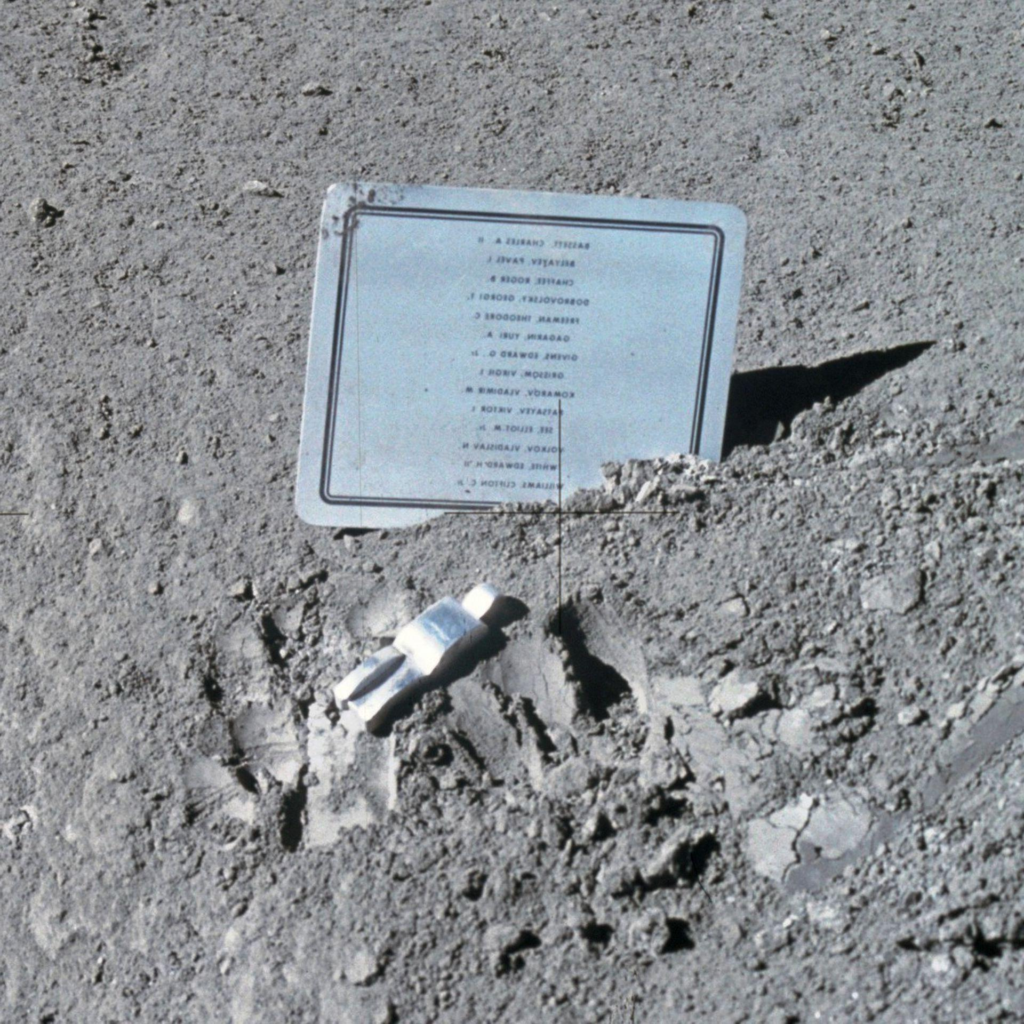
Challenger crash
In the 1980s, the era of space shuttles began, which finally established US supremacy in space. These were reusable rocket planes that made a real revolution in space tech but still were not without significant shortcomings, which eventually became the cause of the biggest space travel disasters.
On 28th January 1986, during its tenth flight, the Challenger shuttle crashed 73 seconds after launch, killing the entire astronaut crew of seven, including Christa McAuliffe, who was to become the first teacher in space. The reason was the separation of one of the boosters, which broke through the main fuel tank, breaking the symmetry of the thrust. The ship deviated from the axis and collapsed under the influence of aerodynamic forces.
As it turned out later, not all astronauts died instantly. At least three were in the bow section, which had been blown away from the main body of the ship. Individual oxygen supply began to their helmets, but a fall from a height of 20 km and a colossal overload of about 200G left no chance of survival.
Millions of people watched the launch of the Challenger, and this spectacle was a real shock to the whole world. The United States suffered huge financial and reputational losses, seven astronauts died before entering space, and the feasibility of the Space Shuttle program was called into question for the first time.
Columbia space shuttle crash
On 1st February 2003, the second Space Shuttle crash occurred. Shuttle Columbia was returning to Earth after 16 days of flight. Approximately 16 minutes before the expected landing, communication with the crew was interrupted. Eyewitnesses filmed the burning wreckage of the shuttle flying at an altitude of about 63 kilometres. All seven astronauts were lost in space.
As the investigation showed, the cause of the disaster was a breakdown that arose back at the start. At about 82 seconds into the flight, a piece of insulation detached from the left fairing, which struck the carbon-fibre panel of the Columbia’s left-wing and probably left a hole in the thermal insulation layer. Because of this, after entering the dense layers of the atmosphere, the leading edge of the left-wing began to heat up more than usual, the wing began to collapse, and after it, the shuttle itself collapsed.
Notably, incidents with detached pieces of thermal insulation from the shuttles were observed before, but the tests showed that they do not pose a threat to the astronauts.
Losing Columbia became a turning point in the Space Shuttle program. The shuttle astronaut flights were interrupted for several years, and in 2011 the programme was finally closed due to the high cost and high risk to astronauts’ lives.
SpaceShip Two crash, anomalies detected
On 31st October 2014, another astronaut was lost in space. It was Michael Elsbury, the pilot of the suborbital spacecraft SpaceShipTwo of Virgin Galactic. During the 55th test flight of the ship, serious anomalies were discovered, which led to the spacecraft crash. The cause was called crew error. The pilots unblocked the tail section of the vehicle ahead of time without gaining the necessary speed and also did not perform the necessary actions to transfer the tail section to a vertical position. As a result, the ship began to rotate around its axis and then fell apart. The wreckage was scattered over a radius of eight kilometres. First pilot Michael Elsbury was killed, but co-pilot Peter Sebold managed to eject. The pilot astronaut survived but was seriously injured.
Fortunately, the failure did not become fatal for the Richard Branson company. Virgin Galactic worked out the bugs and, in July 2021, carried out the first-ever suborbital tourist space flight, ushering in the era of space tourism.
People who have died in space (in chronological order)
To sum it up we have crafted this table, that contains information about all astronauts, who died in space or before reaching it, the spacecraft they were in and the cause of death.
|
№ |
Date |
Astronaut |
Country |
Spacecraft |
Death cause |
Comments |
|
1 |
23.03.1961 |
Valentin Bondarenko |
USSR |
Fire in the depressurization chamber while preparing for the flight |
||
|
2 |
27.01.1967 |
Grissom Virgil |
USA |
Apollo-1 |
Fire during training a month before the liftoff |
First astronauts to die aboard a spacecraft |
|
3 |
27.01.1967 |
White Edward |
USA |
|||
|
4 |
27.01.1967 |
Chaffee Roger |
USA |
|||
|
5 |
24.04.1967 |
Komarov Vladimir |
USSR |
Soyuz-1 |
Failure of the parachute system at the final stage of the ship’s descent |
The first dead astronaut in the history of manned astronautics |
|
6 |
30.06.1971 |
Volkov Vladislav |
USSR |
Soyuz-11 |
Depressurization of the descent vehicle at an altitude of more than 150 km |
First astronomer in orbit |
|
7 |
30.06.1971 |
Dobrovolsky Georgiy |
USSR |
|||
|
8 |
30.06.1971 |
Patsaev Viktor |
USSR |
|||
|
9 |
28.01.1986 |
Jarvis Gregory |
USA |
Shuttle Challenger |
Explosion of an external fuel tank at the 73rd second of flight |
The first participant in the “Teacher in Space” project |
|
10 |
28.01.1986 |
McNair Ronald |
USA |
|||
|
11 |
28.01.1986 |
McAuliff Christa |
USA |
|||
|
12 |
28.01.1986 |
Onizuka Allison |
USA |
|||
|
13 |
28.01.1986 |
Reznik Judith |
USA |
|||
|
14 |
28.01.1986 |
Scobie Francis |
USA |
|||
|
15 |
28.01.1986 |
Smith Michael |
USA |
|||
|
16 |
01.02.2003 |
Anderson Michael |
USA |
Shuttle Columbia |
Shuttle explosion in the Earth’s atmosphere 16 minutes before landing |
|
|
17 |
01.02.2003 |
Brown David |
USA |
|||
|
18 |
01.02.2003 |
McCool William |
USA |
|||
|
19 |
01.02.2003 |
Chawla Kalpana |
USA |
|||
|
20 |
01.02.2003 |
Clark Laurel Blair Salton |
USA |
|||
|
21 |
01.02.2003 |
Ramon Ilan |
Israel |
|||
|
22 |
01.02.2003 |
Husband Rick Douglas |
USA |
|||
|
23 |
31.10.2014 |
Michael Elsbury |
USA |
Virgin SpaceShipTwo VSS Enterprise |
Destruction after undocking from the mother ship due to erroneous actions of the crew |
Suborbital test flight |
What will the future bring?
Experts predict the rapid growth of the space industry in the next ten years. Humanity is going to return to the Moon, colonise Mars, travel great distances to space for weekends, build orbital hotels and move between continents on rockets, because it is 20 times faster than a plane. It means that 600 people will turn into thousands, and we sincerely hope that no more astronauts will be lost in space.
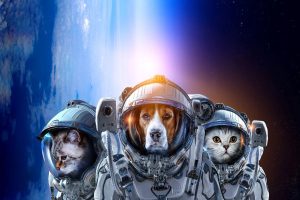

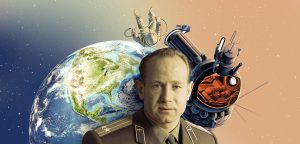

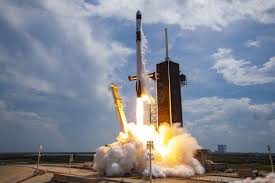

Thank you for your comment! It will be visible on the site after moderation.